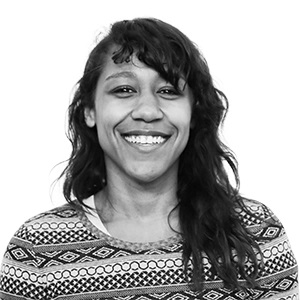New partnership with the TCS-Sensor Lab
We recently joined forces with the “Theoretical Computer Science & Sensor Lab” (TCS-Sensor Lab) of the University of Geneva to strengthen Citizen Science and science education in Zurich, Geneva and the whole of Switzerland. Particularly within the framework of the UNIGE E-Smog project.
Author: Ursina Roffler
TCS-Sensor Lab and mobile crowdsensing
The TCS-Sensor Lab is mainly interested in theoretical computer science and algorithmic aspects of communication networks. Among other things, it leads the experimental platform “Competing Crowds”, which explores transparent data collection in mobile crowdsensing. Mobile crowdsensing is a technique by which large groups of people (the so-called crowd) collect and exchange data using mobile devices (e.g. smartphones, tablets, wearables). Crowdsensing can be used to improve public and individual services, and examples include weather monitoring or sharing information about flooding in urban areas. The “Competing Crowds” platform focuses precisely on such applications. Part of it is also the UNIGE E-Smog project.
A brief introduction to the E-Smog project
The E-Smog Project is all about radiation exposure from Wi-Fis, Bluetooth devices and phones (colloquially known as electro-smog or e-smog). Julia Buwaya, the clever mind behind this project, is interested in whether there are any conspicuous values in certain places, e.g. at the train station, in the library or in a certain residential area. To this end, she has specially developed an easy-to-use smartphone app that citizens can use to measure radiation levels in their surroundings. The data collected is visualized on an interactive map and is publicly accessible. The location of the measurement is assigned to a cluster and the zoom option of the map is limited so that only the approximate location is visible and privacy is protected. For the visualization, a color scale from green for a low cumulative signal strength (less than -75 dBm) to red for a high value (higher than -40 dBm) is used. The project is part of an ongoing study. The data, which is completely anonymous and also simplified to protect privacy, is intended to help assess how accurately radiation levels can be measured using smartphones. The Swiss government has long been concerned with the potential risks of non-ionizing radiation and how to measure it efficiently (see also Federal Office for the Environment).

What is the radiation exposure in your environment?
It is clear that with the help of the crowd one can collect infinitely more e-smog values than a few scientists ever can. Nowadays, virtually everyone owns a smartphone with amazingly powerful sensors and computing power. The participation of citizens also creates a dynamic of its own: it may be that a citizen measures interesting values at a location that the scientists would not have investigated at all. Science, and thus the general public, is therefore dependent on the broad participation of citizens. From the point of view of a private person, it can be interesting to test one’s own radiation exposure. It is well known that we are surrounded by several Wi-Fis. But would you have thought that there are 50 or more when you are sitting in the train? And do you know how many telephone antennas are in your vicinity, even though you can’t see them?
There are already a lot of interesting values for Geneva and the surrounding area, but what about Zurich, for example? Help us to create an e-smog map of various places in Switzerland and collect anonymous e-smog values. How do you do it? Simply download the Android app for free and get started. A simple click on “scan” and you will get the result. Try it out!

About Julia Buwaya: Julia Buwaya is a research associate and PhD student in the Theoretical Computer Science and Sensor Lab (TCS Sensor Lab) at the University of Geneva. She holds a degree in mathematics from the Technical University of Berlin and is a former fellow of the Short Program course on Modeling and Simulation of Transportation Networks at the Massachusetts Institute of Technology (MIT). In 2017, she was a UNIGE Digital Fellow at Swissnex San Francisco.